ABC's of Recycling,
L – Lots to Learn About Labels
Nov 30 2022
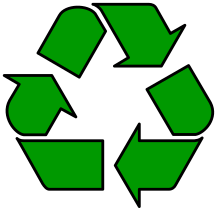
We’ve all seen the recycling triangle decorating everything from yogurt containers to packing materials.
But have you ever noticed that sometimes the symbol is chasing arrows, and sometimes it’s the arrows on top of a dark circle? What do those numbers inside the triangle mean? And why is there no recycling triangle on something highly recyclable, like aluminum cans?
So many questions!
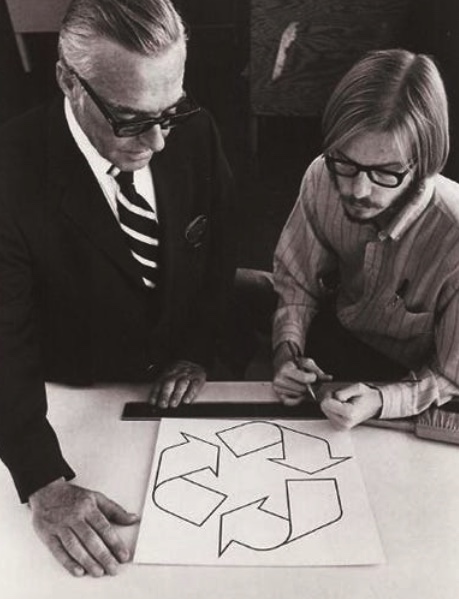
Where It All Began
In 1970, the Container Corporation of America or CCA, held a design contest for students. It wanted a new label to designate recyclable paper and cardboard. And they wanted to raise awareness about recycling. A student from the University of Southern California, Gary Anderson, created the winning design. He based it on the idea of a Möbius strip – where things are flowing, connected and yet, contained in a single circular system. Cool idea!
The CCA was so successful getting other companies to adopt the symbol, that the company wasn’t able to trademark the design. Once it became public domain, anyone could use it, anytime. It spread everywhere–even onto things that were not actually recyclable.
Then in 1988, the Society of Plastics Institute, now called Plastics Industry Association, decided to develop a system of number codes to designate different types of plastics. They proposed that identifying the plastics by type would make it easier to sort the plastic that could be recycled. The numbers inside the triangle categorize different types of plastic:
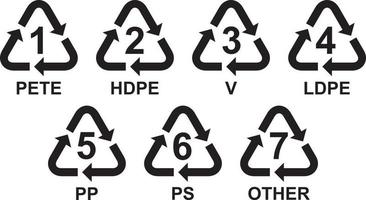
- #1 Polyethylene Terephthalate – single use water & soft drink bottles, cooking oil containers, etc.
- #2 High-Density Polyethylene – milk jugs, shampoo bottles, detergent bottles, etc.
- #3 Polyvinyl Chloride – plastic tubing, kids’ toys, plastic trays, flooring, etc.
- #4 Low Density Polyethylene – plastic wrapping, bags, etc.
- #5 Polypropylene – straws, some food containers, medicine bottles, etc.
- #6 Polystyrene – styrofoam and rigid plastics, including disposable drinking cups, CD/DVD cases, food containers, disposable cutlery, etc.
- #7 Other – any type of plastic that doesn’t fit into one of the first six categories
However, NOT all plastics are recyclable even when they are marked with the triangle symbol!
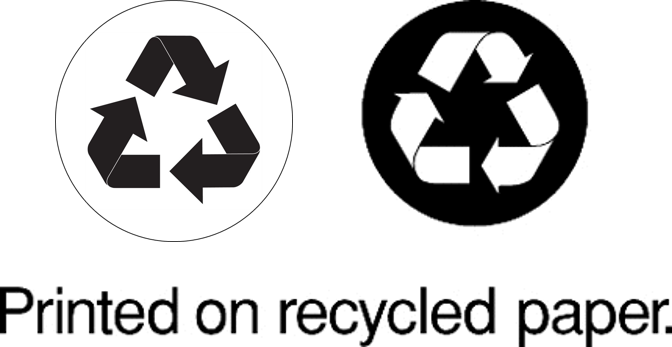
Later on, the American Paper Institute, (API), also got into the act. They developed a version of the symbol that has white arrows over a solid black circle, which means the product contains recycled paper, as well as a version with a dark circle outline, which means the product includes partially recycled paper.
If you saw the logo (on the left), would you guess that item could go into recycling?
Wrong. This label only tells you the item was created with recycled paper. Maybe it can be recycled. Maybe not.
It gets even weirder. Most kinds of paper cardboard ARE recyclable, even when there is no recycle symbol! Because the labels were created by business associations and are placed there by manufacturers, and there is no rule for where and when to use them. This explains why aluminum cans, which are infinitely recyclable, have no triangle.
Let’s face it, that good old recycling label has created some confusion.
Not All Triangles Go in the Bin
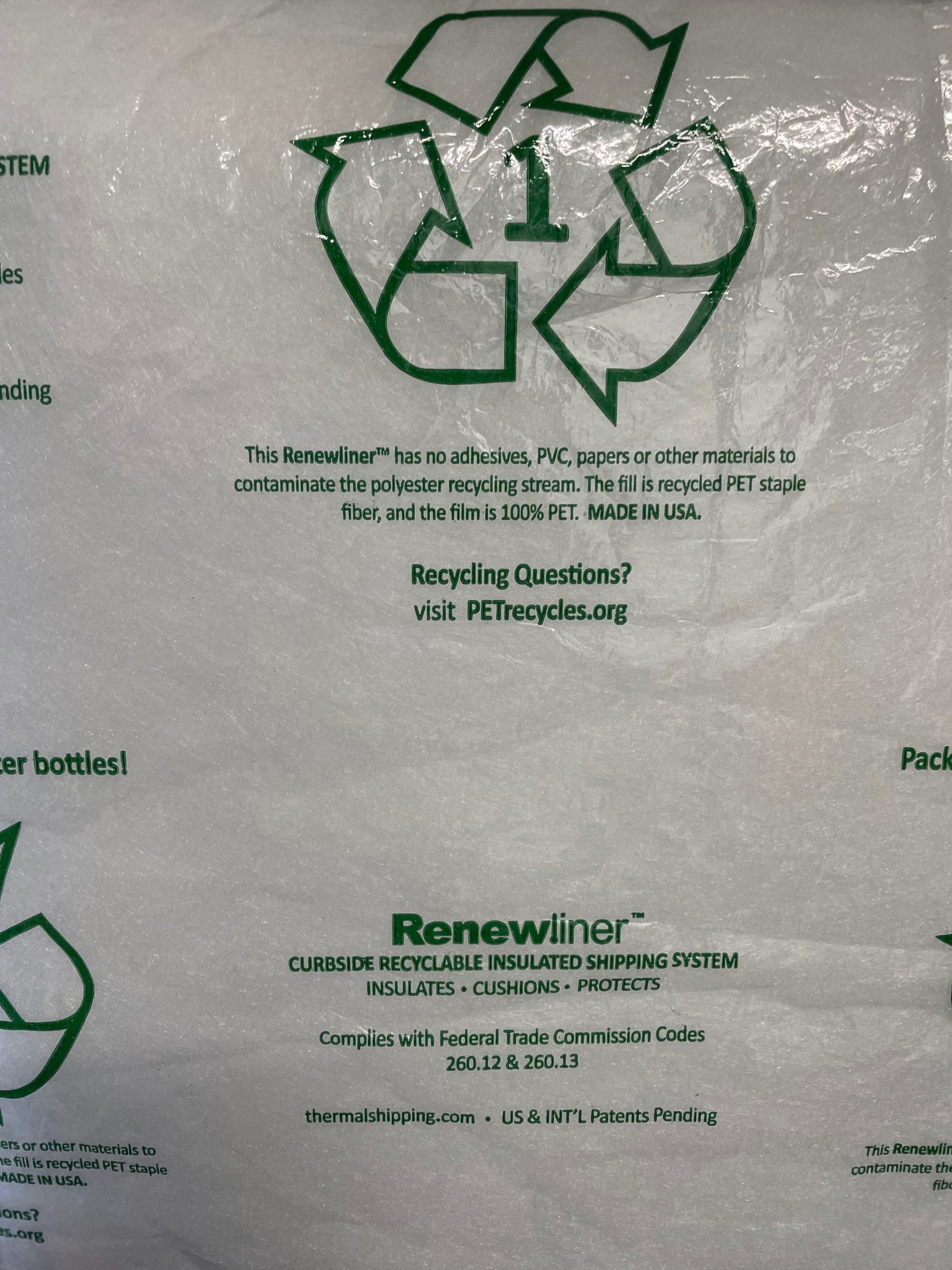
Claims to be “curbside recyclable”
It would be great if everything labeled with a triangle could be recycled. Sadly, that’s not the case. Tossing it all in your blue bin even has a catchy name: “wish-cycling.” Because we wish it could be recycled!
Unfortunately, wish-cycling and label confusion contribute to another bad habit.
“Just toss it all in and let the hauler sort it out!” is how many of us deal with the confusion of recycling labels. Unfortunately, when too many not-recyclables go in the blue bin, the hauler considers that load contaminated. Contaminated recyclables end up in landfill.
Which means nothing in that load gets recycled. Ugh!
Best Practices With Labels
Let’s avoid label confusion and wish-cycling. Here’s a few tips to keep in mind:
- 1. Yes-do check for the recycle triangle label. But educate yourself about what materials are really recyclable in your blue bin and in other ways in your area.
- 2. Generally, plastic containers labeled 1, 2, and 5 are recyclable — as long as they are not too small and not bigger than a milk jug or laundry detergent bottle. Numbers 3, 4, 6, and 7 are much harder for collection companies to sell into other markets. Those should NOT go in your recycle bin.
- 3. Watch out for those sneaky “green-washing” labels. (Companies have been known to print “Recyclable in curbside bin” on things that are not recyclable.) If you’re not sure, don’t put it in the bin. “When in doubt, throw it out,” is a good motto to remember.
- 4. Even if they are labeled with a recycle triangle label, plastic films and flexible packaging are never recyclable in your curbside bins.
- 5. Finally, don’t forget that some things which rarely have labels are recyclable, especially aluminum cans.
As we’ve learned, those recycling triangles can be tricky when it comes to manufactured labels. We all need to be informed when it comes to our blue bins.
Be a smart consumer and a smart recycler!